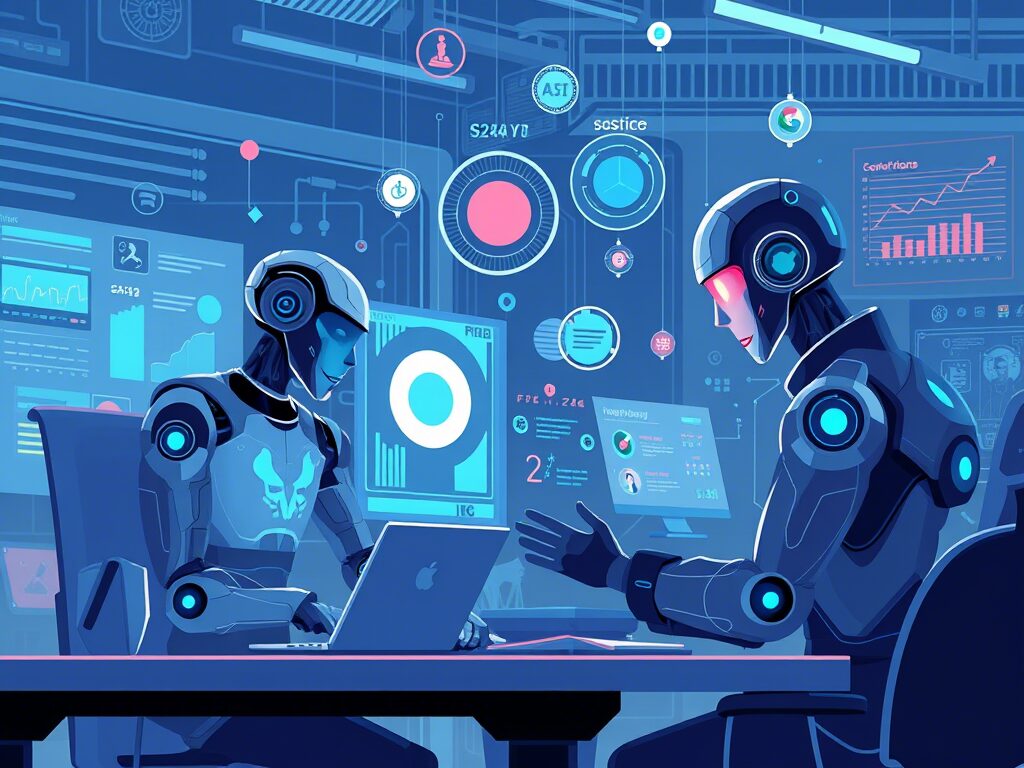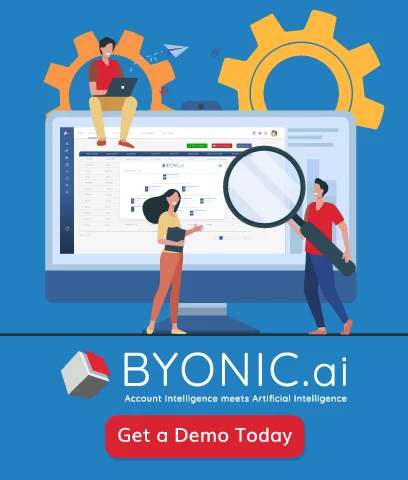The marketing technology (MarTech) sector in 2025 stands at a remarkable inflection point. After years of relentless innovation and the seismic impact of generative AI breakthroughs in 2024, the industry is now defined by a shift toward smarter, more adaptable systems. The focus has moved beyond simply adding more tools to the stack; it’s now about building intelligent, interconnected ecosystems—often powered by multi-agentic AI—that deliver measurable business value and superior customer experiences.
MarTech in Flux: Growth, Consolidation, and the Rise of Composability
The MarTech ecosystem has ballooned to over 15,000 tools, but this expansion is balanced by significant consolidation. While categories such as content AI—especially in video and content marketing—are seeing rapid growth, more than 1,200 tools have exited the market as financial and market pressures intensify. This churn signals a maturing industry where adaptability and strategic fit are more important than sheer feature sets.
A notable development is the surge in custom-built MarTech solutions. Many organizations are leveraging low-code and no-code platforms to create tailored tools that address unique business needs. Product management solutions have nearly doubled in prevalence, reflecting a move toward modular, composable architectures that can evolve with the organization. The gravitational center of MarTech stacks is shifting away from rigid, all-in-one suites toward flexible, customer-centric platforms such as CRMs, MAPs, and cloud data warehouses. This trend enables brands to integrate best-in-class solutions and adapt quickly to changing requirements, all while delivering richer, more profitable customer experiences (Source: MarTech.org).
Multi-Agentic AI: The Next Frontier in Marketing
While generative AI made headlines in 2023, by 2025, AI has become an essential part of everyday marketing operations. Nearly all marketers now rely on AI for content creation, campaign management, and data analysis. Tools like Jasper, Writer, and Adobe Firefly are seeing widespread adoption, helping brands automate creative processes and optimize campaigns at scale.
The real game-changer, however, is the emergence of multi-agentic AI systems—networks of intelligent agents that collaborate to streamline complex marketing workflows. These AI agents can handle everything from real-time content personalization and advanced analytics to orchestrating multi-channel campaigns and automating customer support. Unlike traditional automation, these systems continuously learn and adapt, making decisions in real time and often working alongside human teams to ensure alignment with brand values and creative goals.
For example, streaming platforms use AI agents to analyze viewing patterns and recommend content, boosting engagement and retention. Retailers and quick-service restaurants are leveraging AI-powered customer data platforms to unify data across digital and physical touchpoints, enabling more precise segmentation and personalized experiences that drive loyalty.
Composable Stacks: Flexibility as a Strategic Imperative
The era of relying on a single vendor for all marketing needs is fading. Instead, composable architecture—where organizations assemble their MarTech stack from best-in-class components integrated via APIs—is becoming the norm. Gartner projects that by 2026, the majority of CMOs will prioritize composability in their MarTech investments.
Platforms like Segment, HubSpot, and Adobe Experience Platform are now often used as orchestration layers, connecting a variety of specialized tools into a cohesive ecosystem. This approach allows marketing teams to quickly test and deploy new capabilities without disrupting their core infrastructure, providing a crucial edge in a rapidly evolving landscape.
In the B2B space, CRMs remain central, but there’s a growing trend toward custom-built, modular platforms that integrate automation, content, and analytics. In B2C and hybrid models, the emphasis is shifting from customer data platforms to marketing automation and cloud-native data warehouses, reflecting a need for real-time orchestration and AI-ready infrastructure.
First-Party Data: The Foundation of Trust and Personalization
With the imminent end of third-party cookies—expected to be fully phased out in Chrome by late 2025—organizations are doubling down on first-party and zero-party data strategies. This pivot is not just about regulatory compliance; it’s about building trust and delivering meaningful value at every customer interaction.
Brands are collecting data through loyalty programs, interactive experiences, and direct engagement, creating transparent value exchanges. Modern customer data platforms now unify behavioral, transactional, and demographic data in real time, but the real challenge is activation—turning this data into timely, relevant touchpoints across the customer journey. As a result, data maturity has become the top priority for CMOs, with nearly four out of five identifying it as their most important MarTech focus.
Streamlining the Stack: Quality Over Quantity
Despite the sheer number of available tools, organizations are increasingly focused on optimizing their MarTech stacks for efficiency and effectiveness. Recent surveys indicate that a majority of marketers have conducted stack audits in the past year, aiming to reduce redundancy, simplify user experiences, and cut integration costs. The evaluation process is becoming more rigorous, with cross-functional teams from IT, finance, and marketing collaborating to ensure new solutions deliver interoperability, measurable ROI, and long-term strategic value.
AI-Powered Personalization and Predictive Insights
One of the most transformative applications of AI in MarTech is hyper-personalization. Marketers now use AI to anticipate customer needs, optimize campaign timing, and deliver individualized experiences at scale. Predictive analytics enable proactive marketing, allowing brands to identify at-risk customers, fine-tune spending, and achieve better business outcomes.
Streaming services, for instance, use AI to recommend content based on viewing habits, while global retailers leverage unified customer profiles to personalize offers and communications, driving both engagement and retention.
Human Creativity Enhanced by AI
While AI and automation are revolutionizing marketing, human creativity and oversight remain indispensable. The most successful organizations are those that use AI to augment, not replace, human talent. AI agents handle repetitive tasks and provide insights, freeing marketers to focus on strategy, storytelling, and innovation.
Human-in-the-loop models ensure that AI-generated content and campaigns remain aligned with brand voice, values, and compliance standards. Editorial oversight and quality assurance are still essential, especially as AI takes on a larger role in creative and strategic processes.
Overcoming Challenges: Integration, Expertise, and Vendor Partnerships
As MarTech stacks become more modular and AI-driven, integration and interoperability are top concerns. Ensuring that diverse tools and platforms work together seamlessly is a complex challenge, often requiring close collaboration between marketing, IT, and data science teams. There is also a growing need for in-house expertise to manage and optimize these advanced systems.
Vendor consolidation is gaining momentum, as organizations seek partners who can deliver cross-channel ROI and support evolving business needs. The emphasis is moving from isolated solutions to platforms that can serve as the backbone of a flexible, future-proof MarTech ecosystem.
The Road Ahead: Agentic, Composable, and Customer-Obsessed
The MarTech landscape of 2025 is shaped by three defining principles:
- Agentic AI: Intelligent agents are now embedded throughout marketing operations, driving automation, personalization, and predictive analytics at scale.
- Composable Architecture: Modular, flexible stacks enable organizations to adapt rapidly, experiment with new capabilities, and deliver seamless customer experiences.
- Data Maturity and Trust: Robust first-party data strategies and transparent value exchanges are the foundation for lasting customer relationships and competitive advantage.
Organizations that embrace these principles are not just keeping up—they are setting the pace for the future of marketing. The convergence of AI, composable architectures, and data-driven decision-making is ushering in a new era: one that is more adaptive, intelligent, and relentlessly focused on the customer.
For marketers, the imperative is clear: invest in agentic AI, build flexible and interoperable stacks, and prioritize data maturity and trust. The future of MarTech is not about amassing the most tools, but about architecting the smartest, most agile systems—powered by AI, guided by human insight, and always centered on the customer.



